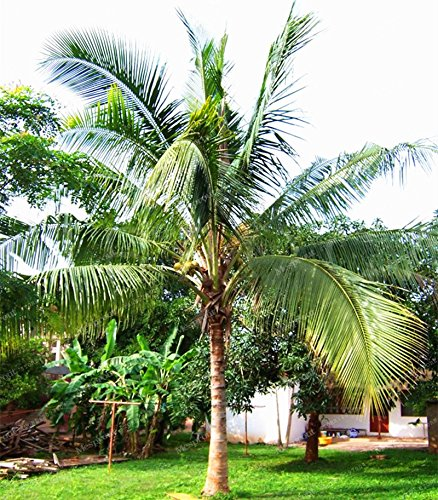The Coconut Palm (Cocos nucifera), locally called “Pali Coco,” is one of the most iconic tropical trees in Aruba. Though not native to the island, these palms have become a natural part of Aruba’s landscape, especially along beaches and resorts.
Unlike many assume, Coconut Palm Trees in Aruba were introduced by the Spanish via the Cape Verde Islands. Over time, these trees thrived in Aruba’s climate, leading to coconut plantations in areas like:
Even today, remnants of old coconut plantations can still be found in Aruba’s riverbeds (roois).
The Coconut Palm is incredibly versatile, as every part of the tree is useful:
A few hundred years ago, the Coconut Palm was essential for survival, providing food, shelter, and materials for everyday life.
Today, Coconut Palms are mostly found in:
The Coconut Palm, or Pali Coco, may not be native to Aruba, but it has become an integral part of the island’s tropical charm. Once a key resource for survival, it now enhances Aruba’s beauty, providing shade and a taste of the tropics.
